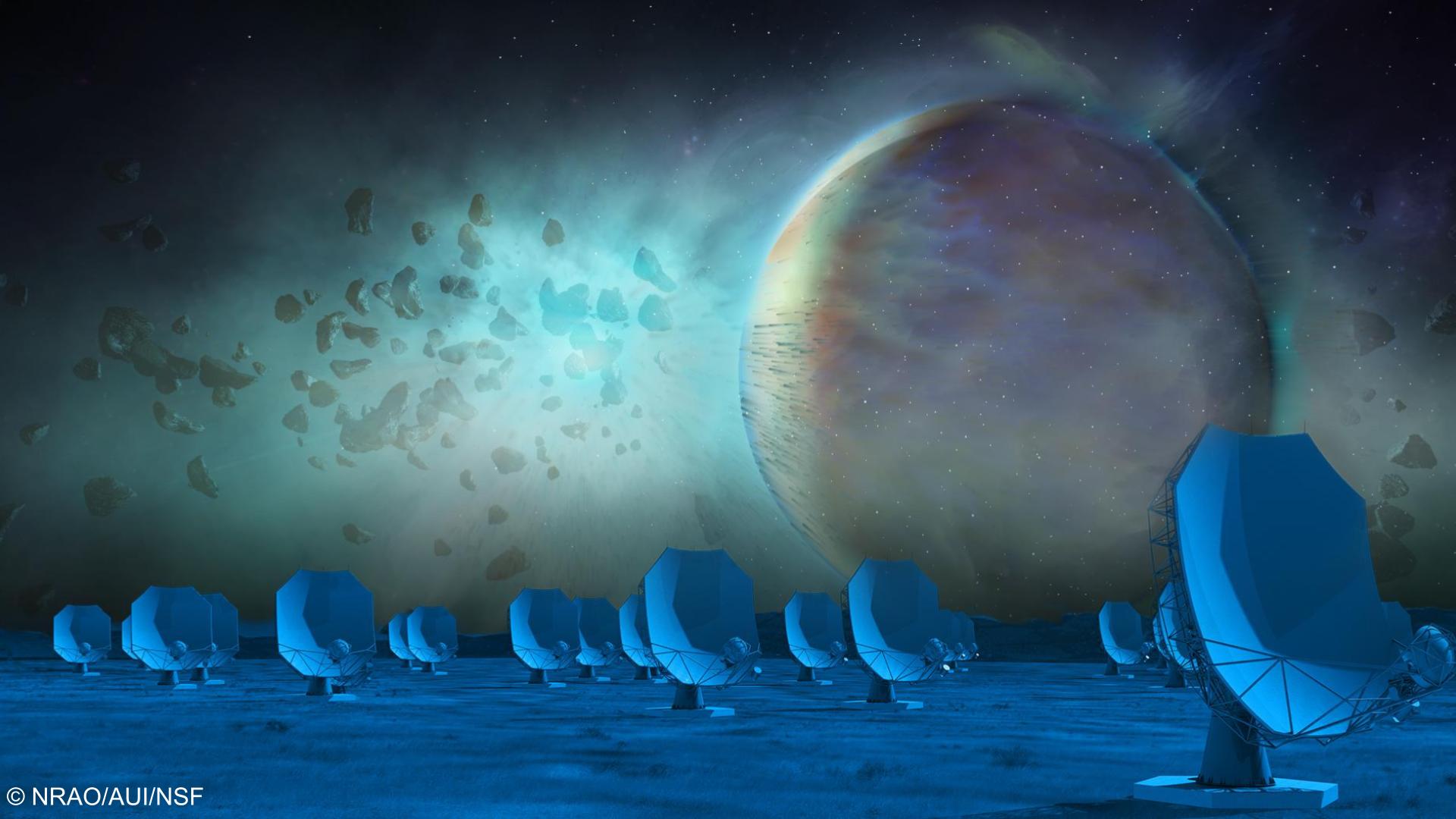The Institute of Radio Astronomy and Astrophysics (IRyA) at UNAM Campus Morelia host this week 110 Mexican astronomers, in the first Mexican meeting in route to the Next Generation Very Large Array (ngVLA).
The ngVLA will be the largest radio astronomical observatory in North America, with more than 250 antennas distributed throughout the United States, Canada and Mexico. Each antenna will be like a telescope that detects radio waves, all working together as a single observatory. It is considered the successor to the VLA (Very Large Array), one of the most important radio observatories in the world.
The National Radio Astronomy Observatory (NRAO) of the United States coordinates the project, while the IRyA contributes to the logistics and organization of the antennas planned to be located in Mexican territory. IRyA has a solid and growing group of researchers and graduate students dedicated to this project. In addition, UNAM signed an agreement of understanding with the NRAO for this purpose in November 2022.
This first national meeting promotes the participation of the Mexican astronomical community in this project, through a variety of talks on the design and performance of the different components of the observatory. The radio astronomical community of Mexico will be discussing the scientific cases proposed to be carried out with this new array of radio telescopes, so that both the community and the project participants can benefit from this exchange.
The ngVLA project is in its design stage, and its construction is expected to begin in 2028. By 2031 it is expected to begin early scientific observations, while full-capacity operations are planned for 2038.
About the ngVLA
The ngVLA concept was proposed in 2016 and the project was presented at the ASTRO2020 Decadal Survey in the United States in 2019. The observatory will be composed of more than 250 antennas, distributed mainly in the southern United States (Arizona, New Mexico and Texas), with some antennas located in northern Mexico and Canada. Delivery of the ngVLA prototype antenna to the New Mexico site is expected in summer 2024.
In Mexico, the Institute of Radio Astronomy and Astrophysics (IRyA) at UNAM Campus Morelia, supporting the logistics related to the antennas planned for northern Mexico. To learn more about UNAM's role in the ngVLA, watch these videos (in Spanish):
https://youtube.com/playlist?list=PLGcK-8f2rLK71J6rGRUSeDc0qhSPX0Wdh&si=E4lTTgsoGmQwwMpL
The National Radio Astronomy Observatory (NRAO) of the United States leads the ngVLA project. The NRAO is an entity of the National Science Foundation (NSF) of the United States, operated under a cooperative agreement by Associated Universities, Inc. To learn more, the ngVLA website is: https://ngvla.nrao.edu/

About IRyA, UNAM
The Instituto de Radioastronomía y Astrofísica (IRyA), or Institute for Radioastronomy and Astrophysics is an academic unit at UNAM, Campus Morelia, Mexico. We perform high-level and high-impact research in the areas of interstellar medium, star formation, evolved stars, high energy astrophysics, Galactic dynamics and structure, extragalactic astronomy and cosmology. We contribute to the education of high-level human resources through a postgraduate program, and we have close contact with society through diverse outreach programs.
If you are interested in our Institute, visit the English version of our webpage, www.irya.unam.mx/web/en
Media contact:
Dr. René A. Ortega Minakata
Outreach and Science Communication
IRyA UNAM Campus Morelia
Text: IRyA UNAM





